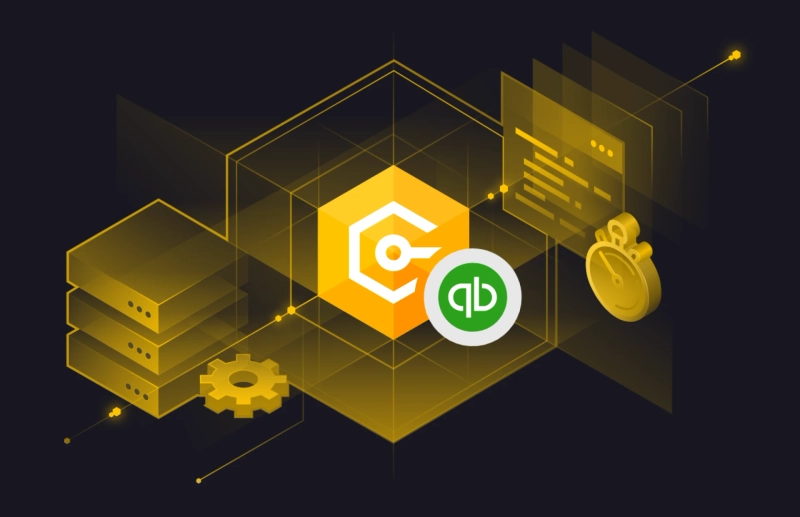Imagine the power of your custom-built .NET applications seamlessly accessing and leveraging the wealth of financial data residing in your QuickBooks Online account. This integration opens doors to streamlined workflows, insightful reporting, and enhanced business intelligence. For developers working within the Microsoft ecosystem, the combination of C# and the .NET framework offers a powerful foundation for achieving this, and ADO.NET connectors like dotConnect act as the essential bridge between these two worlds, read more in this article.
QuickBooks Online has revolutionized how businesses manage their finances. Its cloud-based nature provides accessibility, collaborative features, and a comprehensive suite of tools for tasks ranging from invoicing and expense tracking to payroll and financial reporting. Its widespread adoption makes it a critical data hub for many organizations.
Meanwhile, C# and the .NET framework stand as a cornerstone of modern software development. Their robustness, scalability, and extensive libraries empower developers to build sophisticated applications for various purposes. The need to connect these powerful yet distinct platforms arises naturally when businesses seek to extend the capabilities of QuickBooks Online or integrate its data with other business systems.
The key to this seamless interaction lies in ADO.NET connectors. ADO.NET provides a standardized approach for .NET applications to interact with diverse data sources. While Microsoft offers built-in providers for traditional databases, specialized connectors are necessary to communicate with cloud-based services like QuickBooks Online, which expose their data through APIs.
dotConnect emerges as a valuable tool in this context, offering a dedicated ADO.NET connector designed specifically for QuickBooks Online. This connector acts as an intermediary, translating the data requests originating from your C# code into the specific language and format that the QuickBooks Online API understands. Conversely, it processes the responses from QuickBooks Online, presenting the data in a familiar ADO.NET structure within your application.
The advantages of employing a robust ADO.NET connector like dotConnect for QuickBooks Online integration are substantial:
- Familiar Development Paradigm: Developers comfortable with ADO.NET will find the interaction with QuickBooks Online data intuitive. The connector allows the use of standard ADO.NET objects and programming patterns, minimizing the learning curve associated with the QuickBooks Online API.
- Abstraction of Complexity: The connector handles the underlying complexities of API communication, authentication, and data serialization/deserialization. This allows developers to focus on the core business logic of their applications rather than the intricacies of API interactions.
- Enhanced Efficiency: By providing a streamlined and optimized data access layer, the connector contributes to faster development cycles and more efficient application performance.
- Expanded Functionality: Beyond basic data retrieval, advanced connectors often support more sophisticated operations and integrate seamlessly with other .NET technologies, such as data binding and ORM frameworks.
- Robust and Reliable Integration: Utilizing a purpose-built connector ensures a more stable and dependable connection compared to manual API handling, reducing the risk of errors and integration issues.
In essence, integrating QuickBooks Online with your C#/.NET applications via an ADO.NET connector like dotConnect empowers you to unlock the valuable financial insights held within QuickBooks Online. This integration facilitates automation, enables the creation of custom reporting solutions, and fosters a more holistic view of your business data, ultimately driving better decision-making and operational efficiency.


